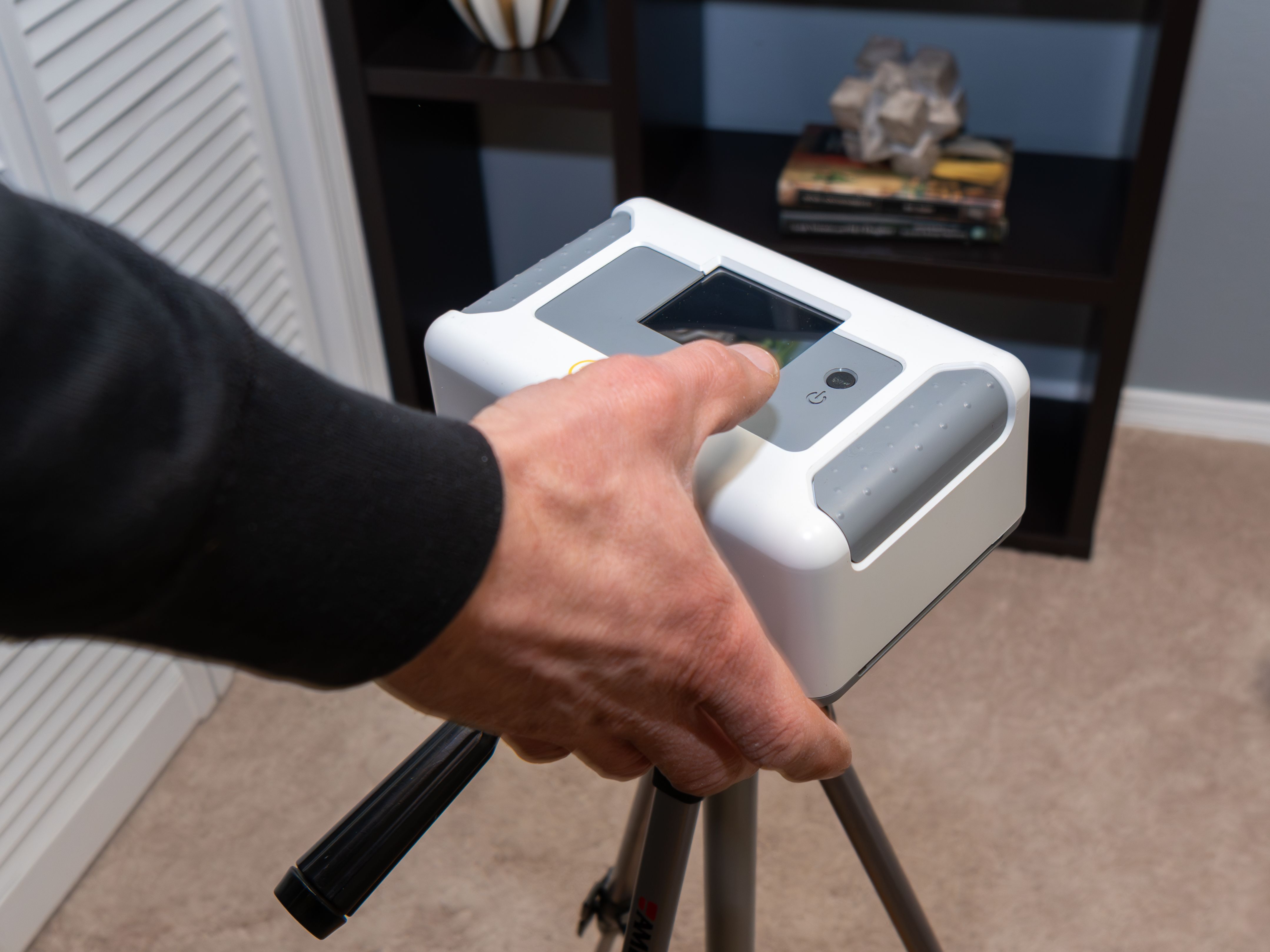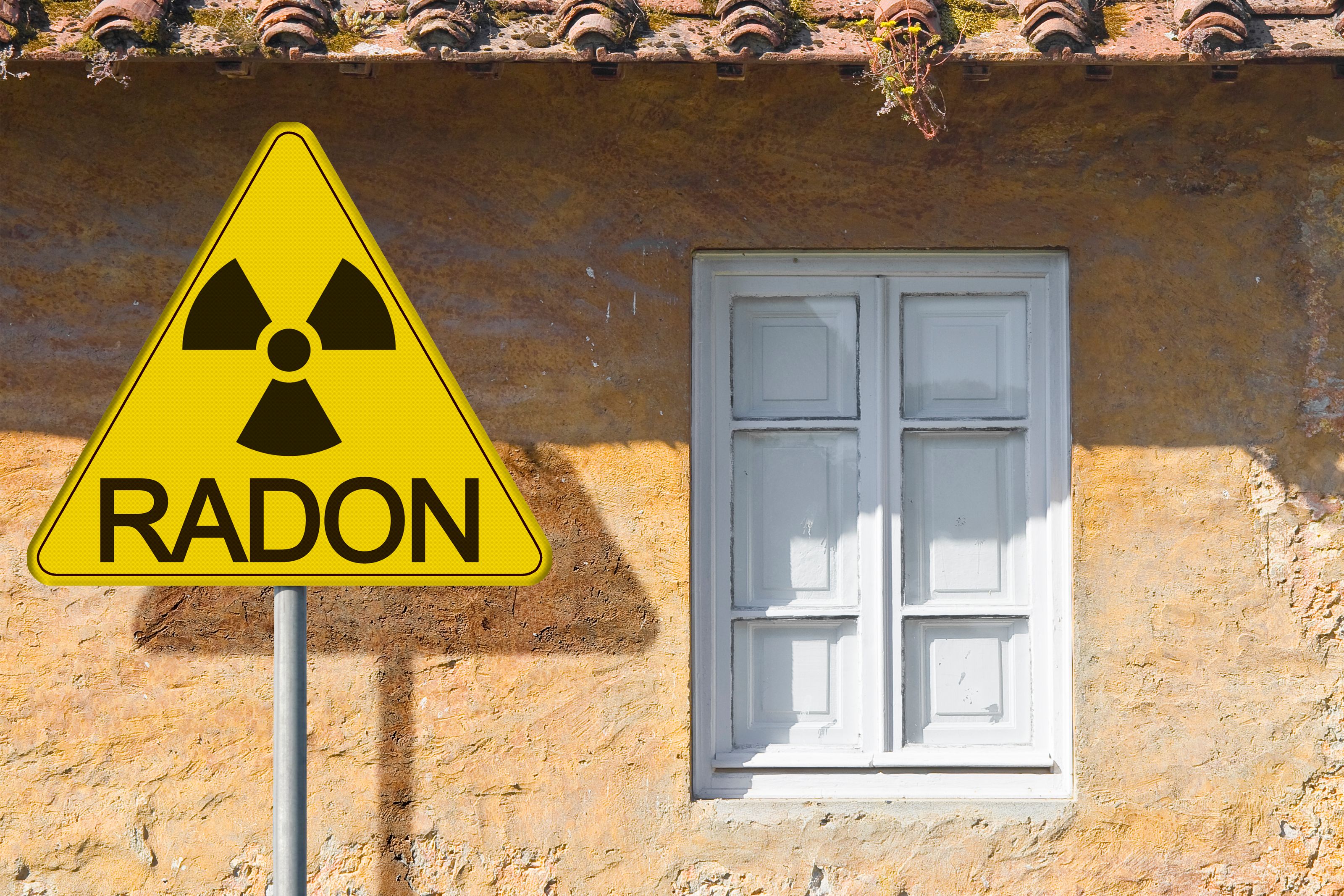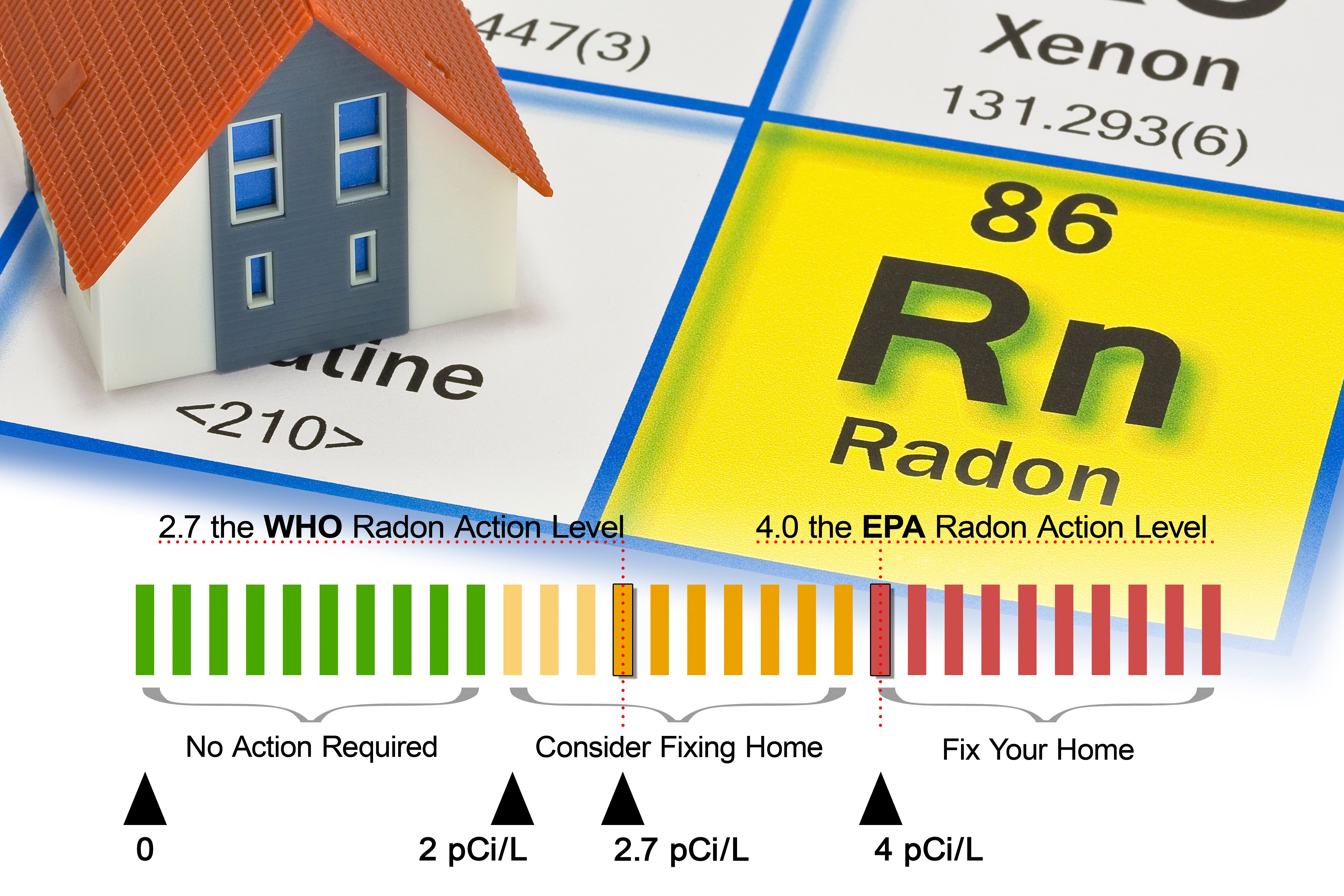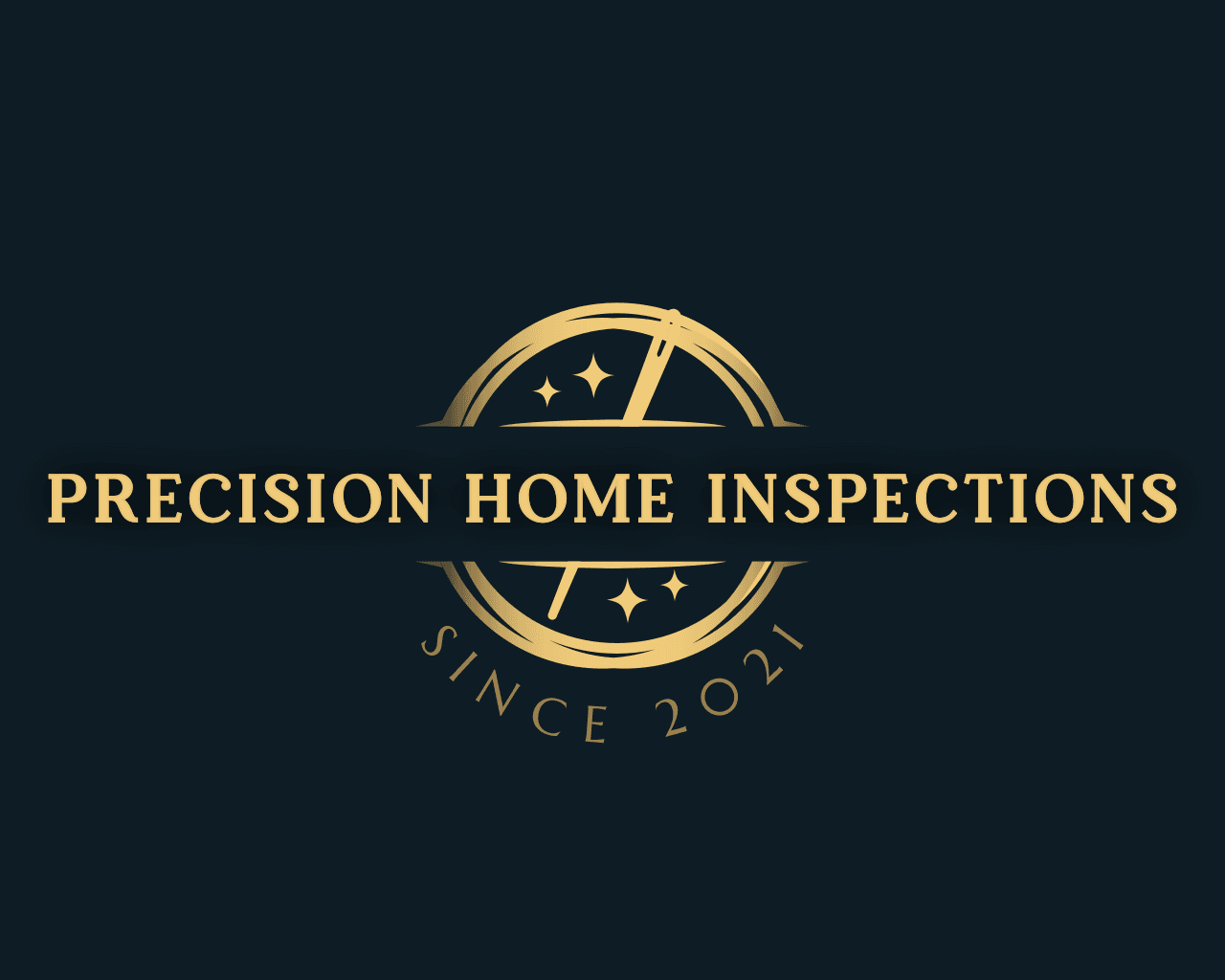Understanding Radon: A Guide for Homeowners
jk
What is Radon?
Radon is a naturally occurring radioactive gas that is invisible, odorless, and tasteless. It is produced from the decay of uranium found in soil, rock, and water. While radon is present in the air we breathe, it usually exists at low levels that are not harmful. However, when it accumulates indoors, it can pose serious health risks.

Why is Radon a Concern for Homeowners?
Radon is the second leading cause of lung cancer in the United States, following smoking. The Environmental Protection Agency (EPA) estimates that radon is responsible for about 21,000 lung cancer deaths each year. Homeowners should be particularly concerned because radon levels are typically higher indoors, especially in basements and lower levels of homes where the gas can accumulate.
How Radon Enters Homes
Radon enters homes through cracks in floors, walls, and foundations, as well as through gaps around pipes and wires. It can also be present in well water, which releases radon gas when used for showering, cooking, and other household activities. Because of these entry points, even well-sealed homes can experience elevated radon levels.

Testing for Radon
Testing is the only way to determine if your home has a radon problem. There are two main types of radon tests: short-term and long-term. Short-term tests typically last between two to seven days and provide a quick snapshot of radon levels. Long-term tests, on the other hand, last for more than 90 days and offer a more accurate reflection of year-round average levels.
Conducting a Radon Test
Radon test kits are available at hardware stores and online. These kits are simple to use and include instructions for placement and duration. After the testing period, the kit is sent to a lab for analysis, and results are usually returned within a few weeks. Alternatively, homeowners can hire a professional radon tester to conduct more precise measurements.

Mitigating Radon Levels
If testing reveals high radon levels, mitigation is essential. Radon mitigation systems reduce radon levels by venting the gas outside the home. The most common method involves installing a vent pipe system and fan, which pulls radon from beneath the house and vents it to the outside. Sealing cracks and openings in the foundation can also help reduce radon levels, although this should be used in conjunction with other methods.
Choosing a Radon Mitigation Professional
When hiring a professional to mitigate radon, ensure they are certified and experienced. A qualified professional will evaluate your home and recommend the best mitigation strategy. It’s important to get a few quotes and understand the proposed solutions before proceeding.
Maintaining Safe Radon Levels
Once a mitigation system is in place, regular maintenance is crucial to ensure its effectiveness. Homeowners should test radon levels every two years, even with a system installed, to confirm that levels remain safe. Additionally, any structural changes to the home, like renovations, may alter radon levels, necessitating further testing.
By understanding radon and its risks, homeowners can take proactive steps to ensure their homes are safe and healthy environments for their families.
